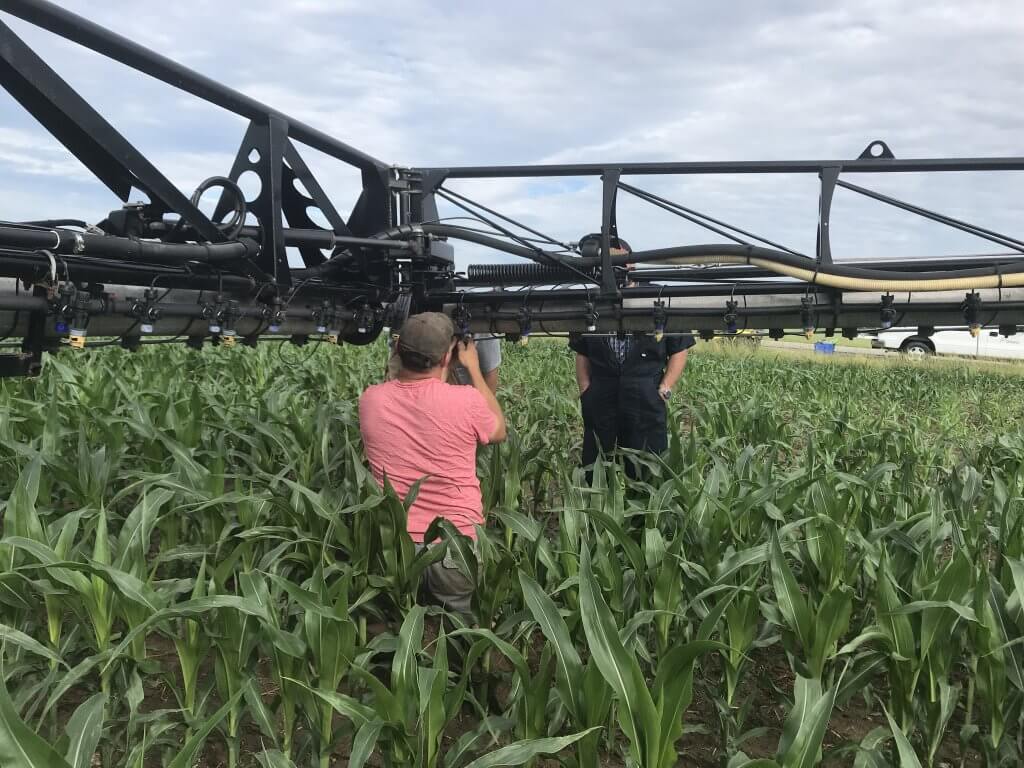
An interesting technology recently came to our attention. The Horsch BoomSight detects potential obstacles and as the sprayer passes it raises the boom to avoid the impact. We figured it was worthy of a tweet, which read: @Spray_Guy:Ever accidentally hit something with your boom?<35 km/h, perhaps the Horsch BoomSight can help:http://bit.ly/2j6ShBx Now, when you tweet […]



